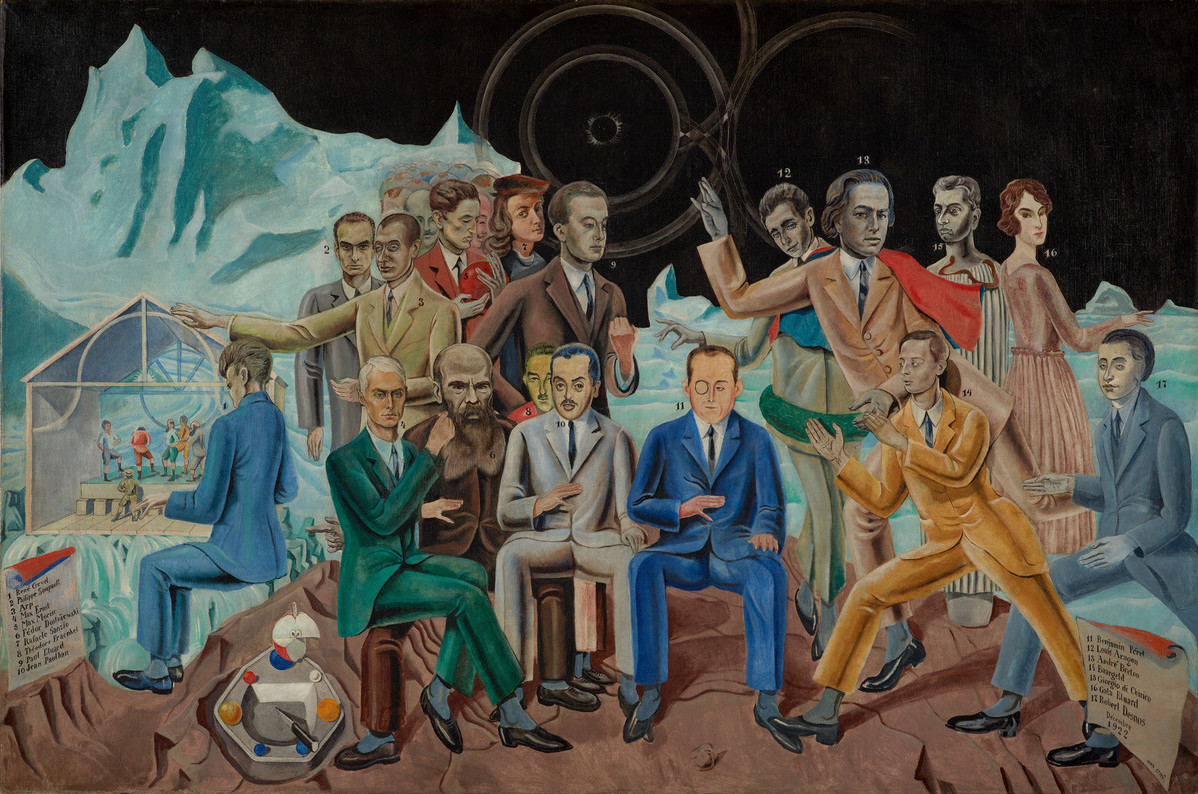«A delightful chaos in a restless brain». The Italian old masters and the young Max Ernst

Published 2025-03-13
Keywords
- Max Ernst,
- Surrealism,
- Italian Old Masters,
- Art History,
- Psychoanalysis

This work is licensed under a Creative Commons Attribution 4.0 International License.
Abstract
The article explores Max Ernst’s early career interests (1919-1922) in Italian Renaissance art and particularly in Raphael’s and Michelangelo’s works and it reconsiders their fortune in the rising psychoanalytic literature and contemporary art historiography, within Ernst’s education as an art history student in Bonn. As for Ernst, old masters’ lesson is fostered in dialogue with Giorgio de Chirico’s metaphysical painting and his trust in d’après copying and ritorno al mestiere, as one can see in the “foundation painting” Au rendez-vous des amis (1922), in which both Raffaello and de Chirico are present. New approaches to dream activity and its visionary power question the mechanisms of language and test its resilience, amid absences, memories, desires, fears and impulses, that define not only original contents of poetics but also new political forms of expression at the origins of Surrealism, from overpaintings to photocollages. Thus, if de Chirico’s credit was in free fall soon after the publication of the 1924 manifesto, especially in the opinion of André Breton, it was Ernst who inherited and renewed the tradition of magic art over the centuries.

